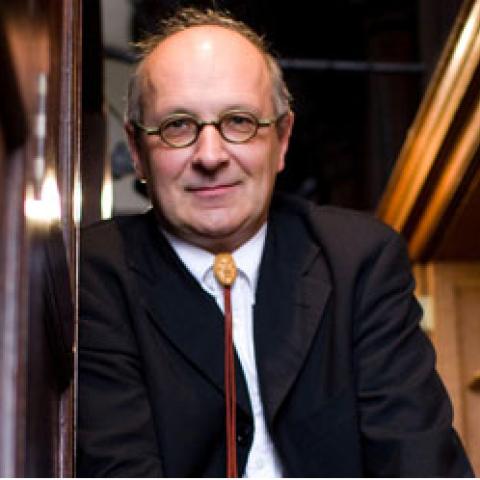Jean Boyer died of cancer on June 28 in Lille, France, at the age of 56.
He was born on October 4, 1948, in Sidi Bel Abbes in Algeria, into a musical family; his organist father was a student of André Marchal. He began his musical studies in Toulouse, a city well known for the quality of its organs. These exceptional instruments played a central role in his musical training, which was completed under the guidance of Xavier Darasse, in whose class he earned a first prize in organ at the Conservatoire de Toulouse in 1969.
In Paris, he was greatly influenced at St-Séverin Church by Francis Chapelet and André Isoir. In 1975 he became co-titulaire of this church, a post he held until 1988; he also served as organist at the historic organ of St-Nicolas-des-Champs until 1995. Mr. Boyer’s recordings have received great praise from the musical press, and in 1972 he was awarded the Grand Prix du Disque. In addition to his concert activities, Jean Boyer was a devoted pedagogue. At the time of his death he was professor of organ at the Conservatoire National Supérieur de Musique deLyon.
Mr. Boyer was an excellent organist and organ professor, much beloved by his students. He was a scholar and did a great deal to promote the understanding and accurate performance practice of ancient music and was a strong advocate for the thoughtful restoration of historic organs. He was remembered at a Requiem in Lille, France, July 1.
—Gene Bedient
Jean Boyer dies of cancer at the age of 56
Gene Bedient



